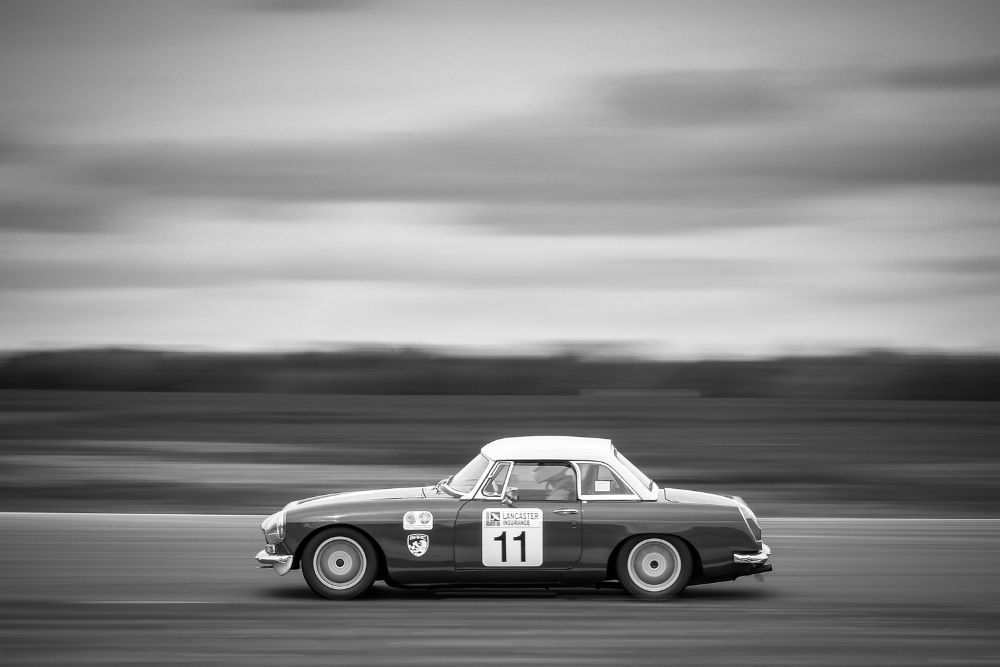Fujifilm XF 90/2 LM WR Lens spec and first product image
PhotoRumors just upped product specifications and the above image for Fujifilm's forthcoming fast telephoto lens.
Meanwhile, forum runners at digicame speculate that given the lens's 62mm filter size, apparent length, and fast glass, it could weigh around 500g, or roughly equivalent to the lovely Leica Summicron 90.
Source: Photorums via digicame.info
ONE TENTH OF A SECOND
Great tracking images by event, car, and wedding photographer, Chris Harrison, with his X-T1 and 50-140/2,8 XF.
X-T1 firmware 4.00 brings zone/wide focus tracking
Why Fujifilm released the X-T1 without proper zone and wide-focus tracking is a mystery to me. Why Fujifilm fans pardoned them for it is a further mystery. Anyway, finally.
“1. A new auto focus system with Zone and Wide/Tracking modes for effortless capture of moving subjects - The auto focus system complements the fast and accurate single-point auto focus system with new Zone and Wide/Tracking modes, which use 77 autofocus points across a wider area to substantially improve the camera’s ability to track and capture moving subjects.
The Zone mode allows users to choose a 3x3, 3x5 or 5x5 zone from the 77-point auto focus area. When combined with the AF-C continuous focusing mode, the camera continues tracking a subject in the selected zone. The 3x3 and 3x5 zones at the center, in particular, offer extra-fast focusing with the use of the built-in phase detection pixels.
In the Wide/Tracking mode, the camera displays the area in focus, identified automatically out of the 77-point auto focus area (Wide in the AF-S mode) and tracks the focus area’s subject across the entire 77-point AF area (Tracking in the AF-C mode). This makes it possible to maintain focus on a subject that moves vertically, horizontally, and back and forth. ”
On the leaked Fujifilm X-T10
Firstly, hats off to Patrick of Fujirumors for staying on the ball re: the X-T10. The above image, which leaked at Fujirumors several hours ago, shows key ergonomic/haptic differences to the X-T1. Most of them are positive:
1. a small pressure grip replaces the half-assed miniature finger grip, which should make the X-T10 more comfortable for medium to large hands.
2. The weak interface door on the right appears to be replaced with a plastic slide-in flap (evidenced by the fingernail pressure indentation). If properly implemented, ala the D800 card door, it should be more sturdy and less prone to flex.
3. The unlabelled body-side aperture dial on the front of the camera is now located several millimetres farther from the shutter release and is no longer incorporated into the grip. This could make it less prone to accidental engagement.
4. The AF lamp now lines up with the body-side aperture dial and the X-T10 logo. Small details like this make the X-T10 appear less randomly thrown together than the X-T1.
5. PASM and shutter speed dials sit on top drive/meter dials with narrower bases and larger indexing sliders. They should be less easy to accidentally engage or disengage, which is one of the X-T1's worst design blunders, and one about which I went on and on in my review of the X-T1 after taking it hiking.
6. The threaded shutter button returns. NOTE: the shutter release also sits higher in its mount than does the X-T1's. Here's to hoping that it can be twisted without turning the camera on (which is a poor design blunder that plagues the X-Pro 1).
7. The exposure compensation dial sits in a recessed niche, also hearkening back to the X-Pro 1.
8. The lines of the faux prism housing line up with the top of the case, which not only more closely resembles that of the Fujica ST901, but also looks cleaner.
9. The hard-to-reach front-facing function button has been removed.
Patrick swears that this is the to-be-released X-T10. Assuming this picture is 100% accurate, it is fair to say that the angular X-T10, while not slavishly retro, is more classically designed. It also employs a cleaner interface based around utility rather than features proliferation. That it doesn't appear to be a simple dumbed-down X-T1 means that Fujifilm have taken criticism of the X-T1 to heart.
Hands-On the Leica M Monochrom Typ 246
While this video is a good overview of Mathieu's lengthy and helpful review of the Typ 246 here, I really suggest watching and reading both parts.
The Sony A7ii taught me to respect the Fujifilm X100s
Editor's note: Fook and ohm have been following each other for who knows how long. We trade war stories about lenses, amps, headphones, and forum- bashing. It is a real privilege to have Fook contribute to ohm with an article that clearly resonates with me.
Without further ado, I bring you Fook:
A little about me:
I basically took up photography as a way to get out of being in photographs. That, and I found it a good way to make friends after moving to Australia. It took me a while, but I eventually figured out that photographing people was something I really liked.
Read moreFuji 56mm Vs Canon 85mm 1.8
This thread is raging at DPReview right now, precisely because Canon's second-tier 370$ USD F/1,8 85mm lens from 1992 draws very similarly, and certainly with less DOF than Fujifilm's top-of-the-line 1000$ USD F/1,2 56mm XF lens.
OP Stoneh Ray's camera settings are problematic, but the basic draw styles tell what needs to be told: unless cost, size, weight, and generational misalignment are ignored, equivalence never favours smaller formats.
The original selfie stick (circa 1980s)
Inventor Ueda with early selfie stick
What short memories we have. Surely you saw these around. I did. But then I'm 35, and you may be 23. Anyway, the selfie stick isn't new. The BBC tell us how it came about twice:
Read moreThe Nikon 105mm f/2,5 AiS as a landscape lens
I picked up the Nikkor 105mm f/2,5 F-mount lens sometime in 2010. I was told that it was glass made for portraits. I was told that it had buttery bokeh, and sharpness and colour out the wazzoo. Cool beans I said.
Read more







